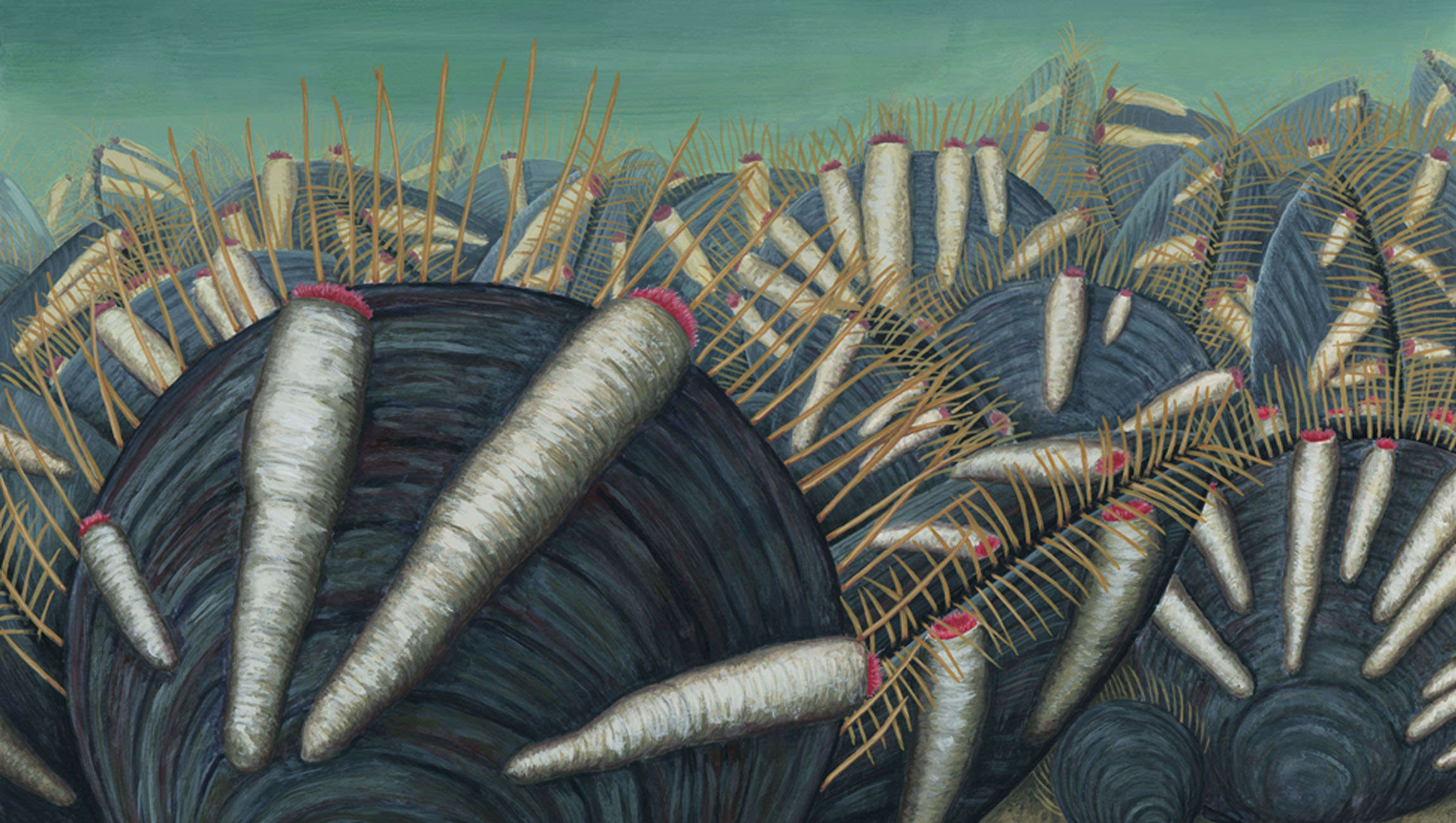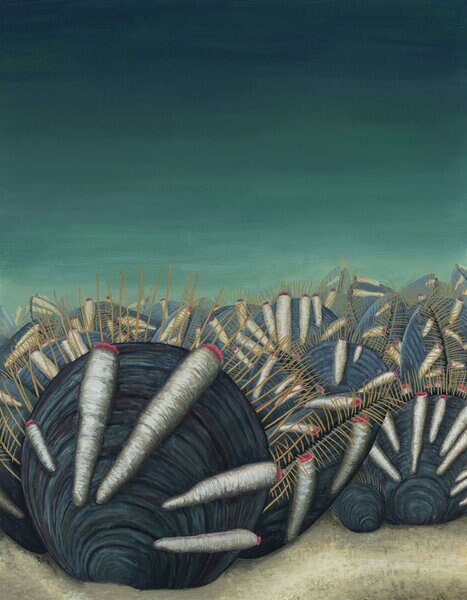Create a free profile to get unlimited access to exclusive videos, sweepstakes, and more!
Prehistoric parasite is the oldest one ever found — frozen in action as it was 500 million years ago

The Cambrian period was a time when every imaginable type of life-form evolved. Every imaginable life-form includes parasites.
When exactly parasitism spawned is still a mystery, but it makes sense that parasites would have crawled out with all the other creatures that appeared during the burst of life otherwise known as the Cambrian Explosion. An international team of scientists believes that after finding the most ancient example of one organism feeding off another at the Wulongqing Formation in the Yunnan province of China. Hundreds of fossils of brachiopods, ancestors of clams, were discovered with strange tubes attached to their shells. These are thought to have been parasitic tube worms.
“This instance in a Cambrian [seafloor] marine community likely represents the oldest known parasite–host relationship in the fossil record and reveals that parasite–host interactions emerged in conjunction with the rise of the earliest animal communities during the Cambrian radiation,” said paleontologist Zhifei Zhang in a study recently published in Nature Communications.
Neobolus wulongqingensis was a prehistoric bivalve that is thought to have extended a tentacle from its its shell in order to feed. By creating a water current, much like clams and other bivalves do, this proto-clam was able to suck in any particles of food floating in the water. Tube worms attached to its shell took advantage of that. The “mouth” openings of the tubes were positioned in the same direction their host took food in. Such parasites are kleptoparastic, meaning that instead of feeding directly off the host’s body, they would compete with it for whatever it ate. Since both extinct species were probably filter feeders, they relied on whatever came with the current.
The team observed that many N. wulongqingensis shells with multiple tube worms attached were generally smaller than those with fewer or no tubes. This suggests that the proto-clams with more parasites attached did not receive enough nutrition to grow as large as those which didn’t have as many worms consuming plankton and other micro-food that came their way. The scientists believed it was also telling them that proto-clams which managed to elude parasites until adulthood had more success reaching their full growth potential than those which were infected while still in a juvenile phase.
Further study of the fossils showed that the tube worms did not bore holes into any of the N. wulongqingensis shells, though they did have to compete for food, which was unfortunate for the proto-clam if it was still maturing and needed more energy. Staying attached to something larger than itself also could have provided the worm with protection from predators that would rather not have to pry it off something else. However, this might have just been the side effect of an obligate relationship—the tube worms were just unable to live on their own without a brachiopod. No other fossils with worm casings attached have been found.
“Verification of this kleptoparasitic relationship reveals that the heritage of parasite–host interactions can be traced back more than half a billion years to the rise of bilaterian animal communities during the Cambrian and further establishes the importance of the early Cambrian as a primary source of ecological novelty,” Zhang said.
Who knows what other evolutionary finds from this period are just waiting to be discovered after hundreds of millions of years.



























